Tested: Bell Moto-10 Spherical Helmet
A product the Transmoto team has tried, tested and would recommend to a mate.
WHAT IS IT?
The Moto-10 Spherical is Bell’s all-new, top-of-the-line off-road helmet. It slots in above the Moto-9S Flex as Bell’s most advanced moto model, and comes with so many new features and technology, its visor screws are literally the only components carried over from the Moto-9 Flex. The Moto-10’s most notable design features are its uniquely segmented, all-carbon shell construction, the first-of-its-kind ‘ball-and-socket’ design (which creates a ‘slip-plane’ between its EPS and EPP internal layers to manage linear and rotational forces), big advances in ventilation, and an all-new comfort liner.

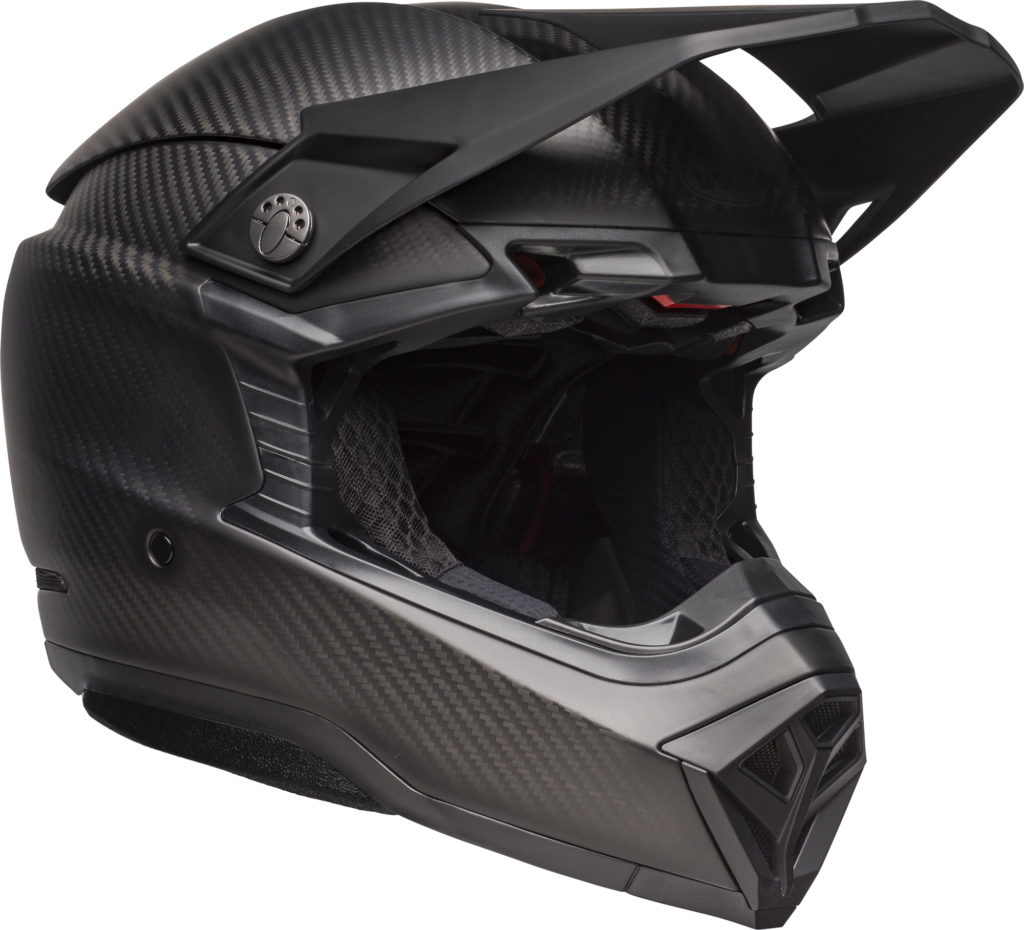
WHY WE RATE IT
PROS…
- Internal Protection: It’s called the Moto-10 “Spherical” because it uses an all-new tethered ball-and-socket design with the EPS (Expanded Polystyrene) and EPP (Expanded Polypropylene) internal layers. This ‘slip-plane’ concept, developed in collaboration with MIPS, is designed to redirect impact forces away from the brain (in other words, it allows the outer liner to rotate around the inner liner in a crash). Compared with the Moto-9 Flex (which had previously raised the protective bar by using a combination of three different polymers – EPS, EPP and EPO – to provide a ‘progressive’ energy management system), extensive testing has established the Moto-10 offers even better protection and rider safety.
- External Protection: Two new bumpers on either side of the helmet (made with a softer EPP material, and which extend right to the chin guard) help reduce the likelihood of the helmet busting your collarbone in a crash. And we can vouch for the fact they work!
- The Fit: Ultimately, the quality of helmet’s fit comes down to how it suits your head shape. But after getting a mixed bunch of Transmoto staffers and test riders to sample the Moto-10, the consensus is that it’s one of the best-fitting helmets on the market (and even better than the Moto-9 Flex, whose ‘adaptive fit’ was already very, very good). The combination of the improved comfort liner and new cheek pads (which now extend a little further forward) results in a more secure, balanced feel on your head too.
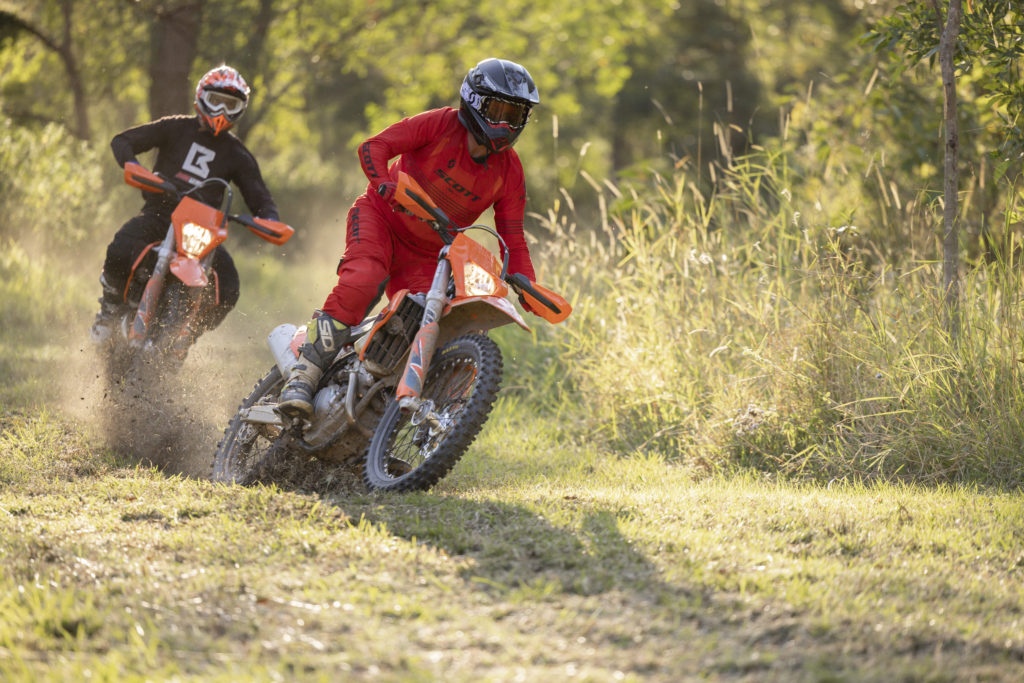
- Comfort Liner: The fit is aided by an all-new comfort liner that’s more padded than that found in the Moto-9 Flex. With its uncomplicated design (no tabs, just four plastic clip-studs), the liner is simple and easy to remove/replace. The magnetic cheek pads are great – they’re practical, a real advantage in the case of an emergency, and never fall out when fitting or removing the helmet from your head. And in addition to the liner being anti-microbial/bacterial (meaning it dries quickly and does a bloody good job of not getting crusty or skanky after repeated use), it’s actually impregnated with recycled jade, which is claimed to keep your head up to 10ºF cooler. Fancy that; the liner has become a performance attribute of the helmet!
- Ventilation: The carbon fibre shell uses an ingenious ‘segmented’ construction (designed in conjunction with Boeing) to ensure it’s not too rigid, and to facilitate a big improvement in ventilation. The Moto-10 is head and shoulders above the next best moto helmet on the market when it comes to keeping your head cool. In fact, the ventilation now does such a good job of evaporating sweat, it’s allowed several Pro racers who wear a Moto-10 to use to a more porous foam in their goggles.
- Visor: Compared with the Moto-9 Flex, the Moto-10’s visor (which we reckon it looks more stylish) also allows much better airflow. It takes a bit to get used to the idea that, without a central fastener, the visor flexes a fair bit (which is why you feel like you need to do the visor screws up super-tight). But again, this design is a safety feature to redirect impact forces, with the breakaway tab on either side designed to let the visor hinge back in a big crash. The only downside of this visor design is that it has very limited adjustability, which may be an issue for trail and adventure riders, who tend to regard a visor as a practical shield against sun glare, rather than a fashion accessory to accommodate stickers.
- Quality of Finish: As we’ve come to expect from Bell, the attention to detail and quality of finish is evident in every component of the Moto-10. Plus, it’s durable. After the best part of 12 months’ use, nothing looks the slightest bit worn or dog-eared.
- Finishing Touches: Using a magnet to secure the tip of the fastening strap is super-practical; it’s a two-second job, no matter how thick your gloves are. The helmet is Eject System-ready, meaning there’s no need to modify anything if you choose to fit a Hats-Off Device or Eject System. Plus, the Moto-10 already passes the impending ECE22.06 standard (a new certification standard that comes into effect midway through 2023 in some countries), meaning you’ll be able to wear it legally anywhere in the world.
CONS…
- Accommodating Goggles: The eyeport is plenty wide for excellent peripheral vision, but vertically it’s a little smaller than average helmets. This means you may need to dump the removable nose guard (on your helmet and/or goggles) if your goggles are a too-tight fit.
- Chin-Piece Design: Even though your head sits 5mm further back in the Moto-10’s shell (compared with the Moto-9 Flex, that is), it’s chin-piece remains close to your mouth and this can accelerate goggle fogging when you’re breathing heavily in wet conditions (though this issue is easily eliminated by removing the chin-piece’s foam insert).
At $1200 to $1300, depending on the graphic, Bell’s Moto-10 Spherical isn’t cheap. Admittedly, compared with the Moto-9S Flex (Bell’s previous top-of-the-line off-road model), it gets a totally different (and all carbon) shell construction, more high-end safety features, improved comfort and a massive step up in ventilation, but is that $400 premium over the Moto-9 Flex worth paying? In our view, the answer to that question comes down to the helmet’s intended use. If you’re a serious, sweat-soaked racer or ride in hot conditions a lot, the Moto-10’s must surely be on your radar – if for no other reason than its market-leading ventilation! But for casual trailriders who live in colder climates and/or also use their helmet for the odd adventure ride, the Moto-10 is probably be too well-ventilated, and the Moto-9 Flex will be a better option. Either way, you won’t be disappointed.
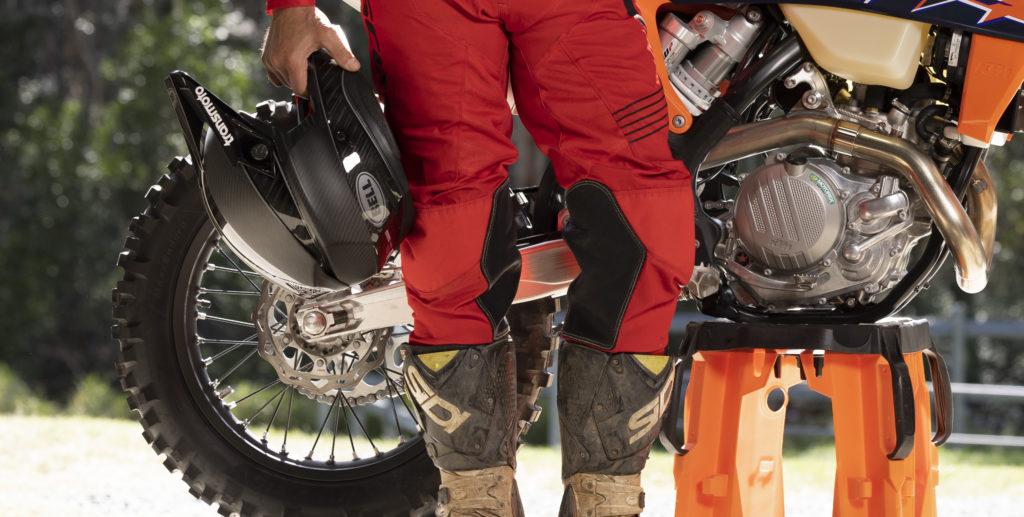
PRICE
$1199.95 (Matte Black, Black/White); $1299.95 (other graphics) // From Cassons.
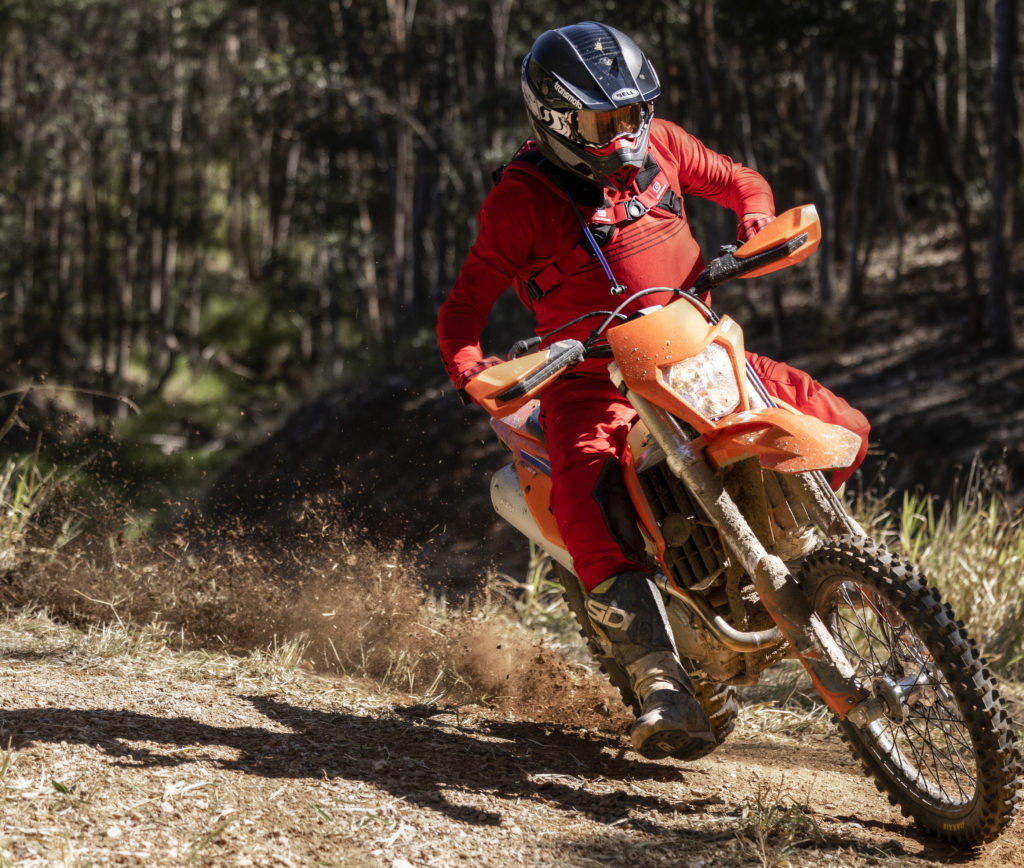

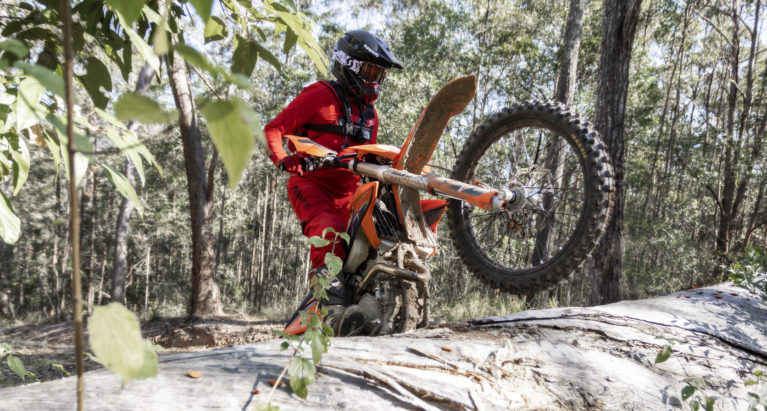
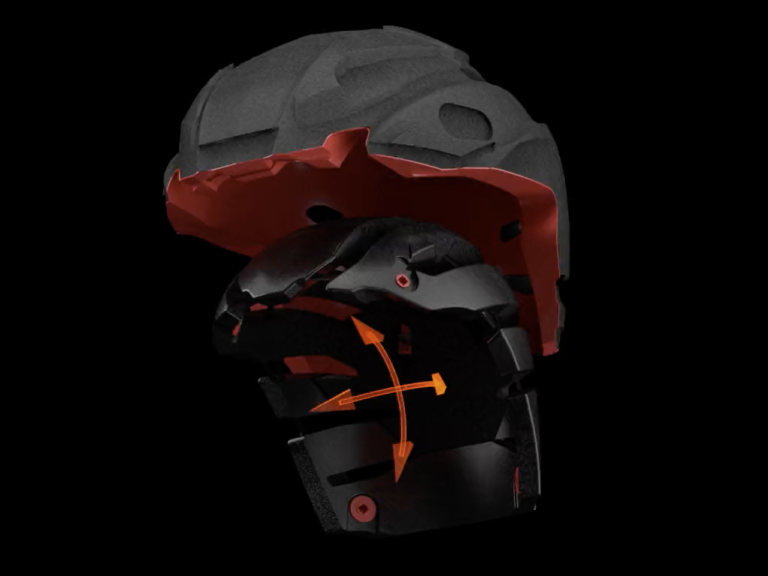
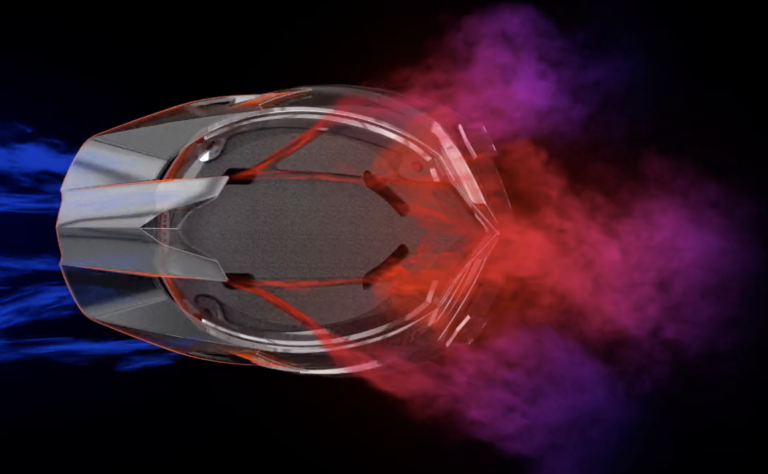
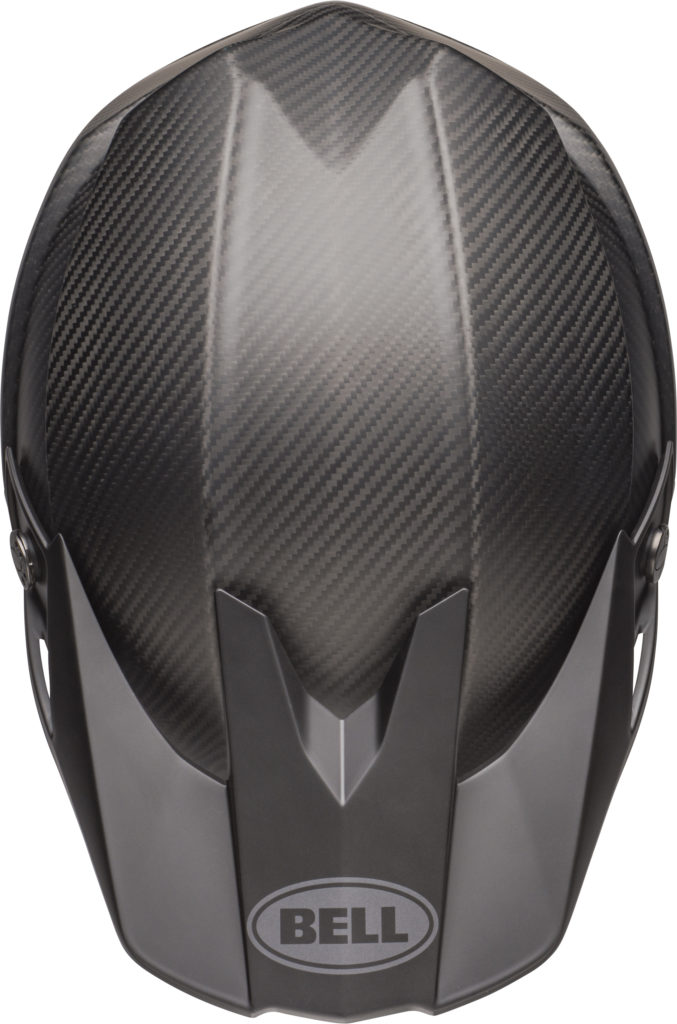
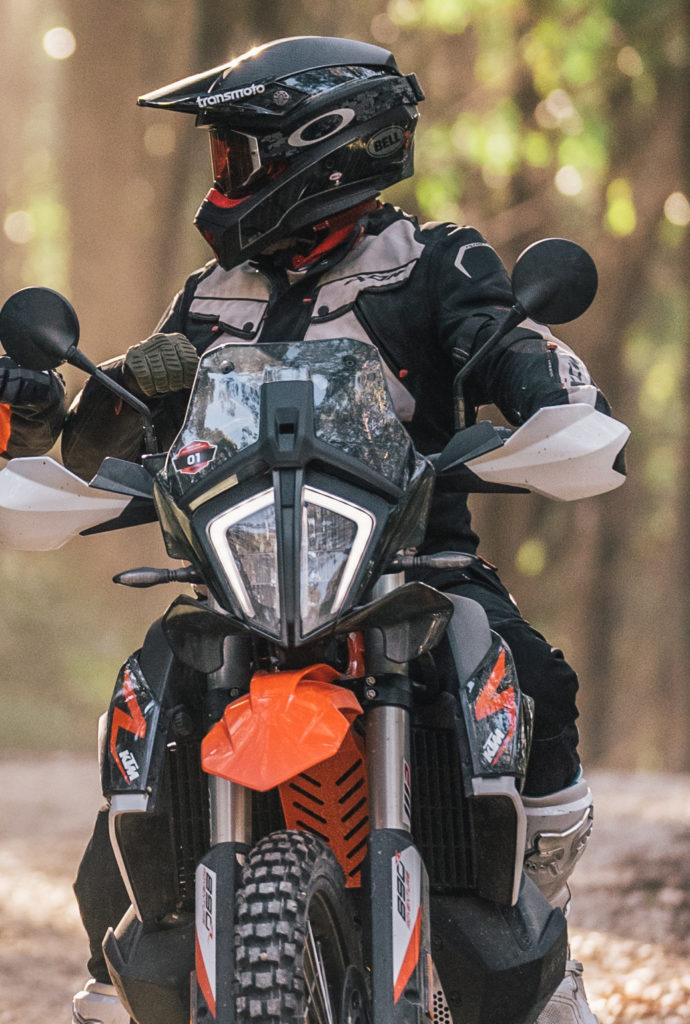
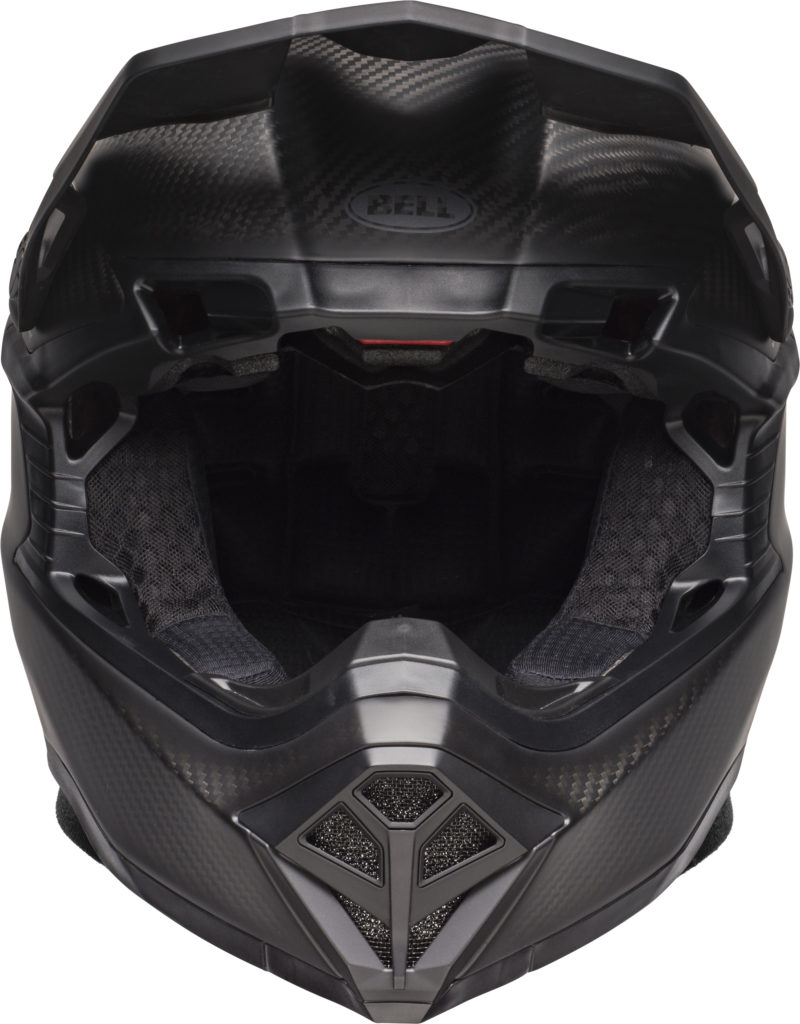
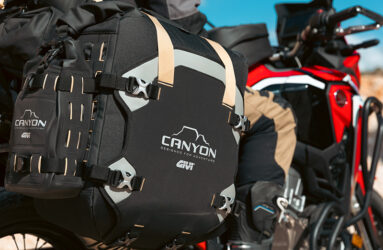


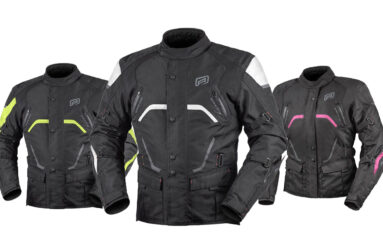


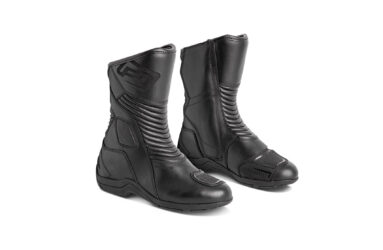
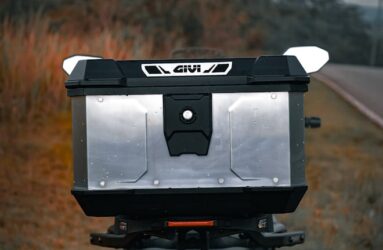
Be the first to comment...